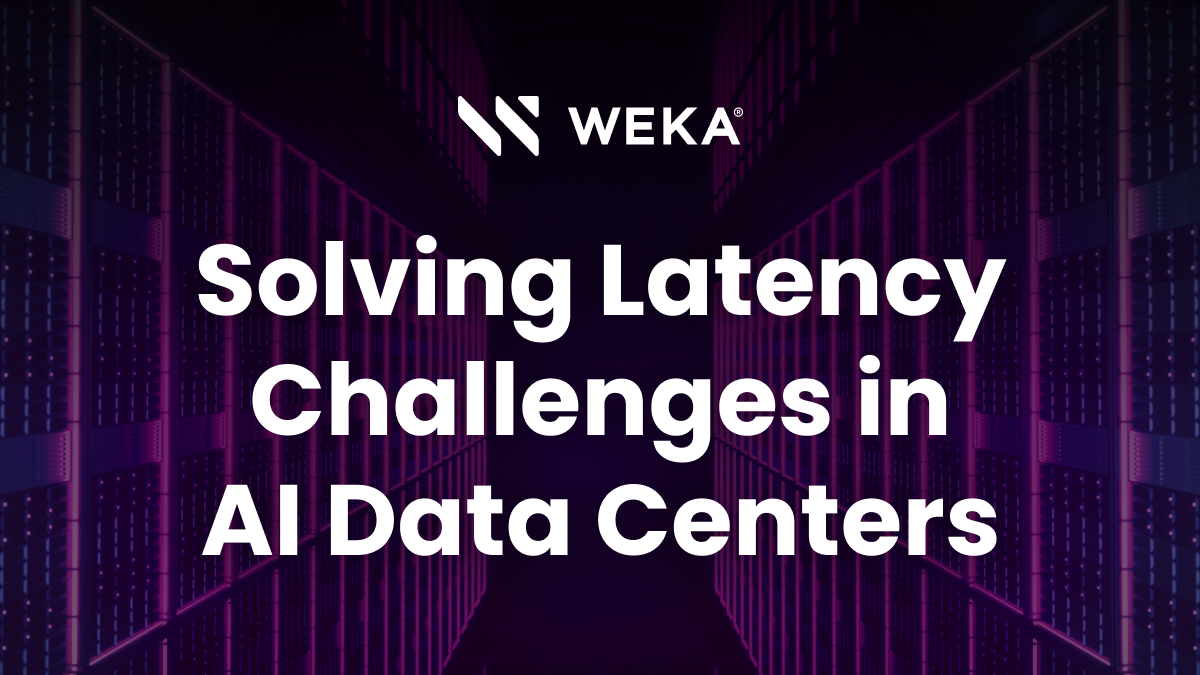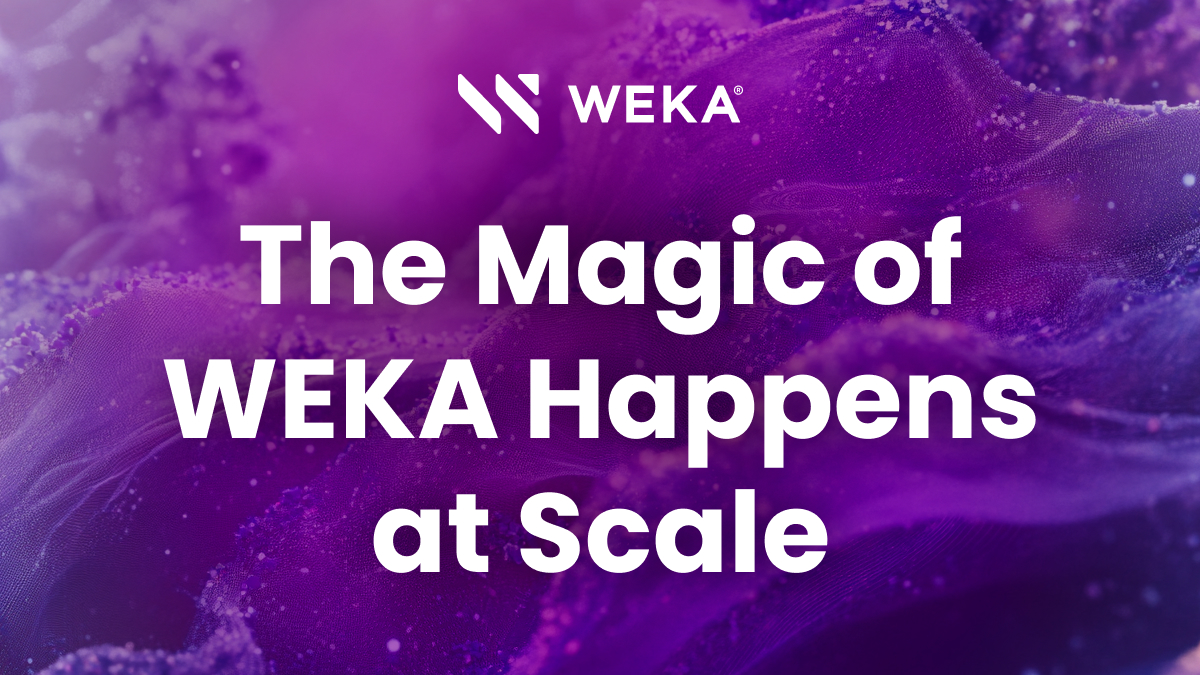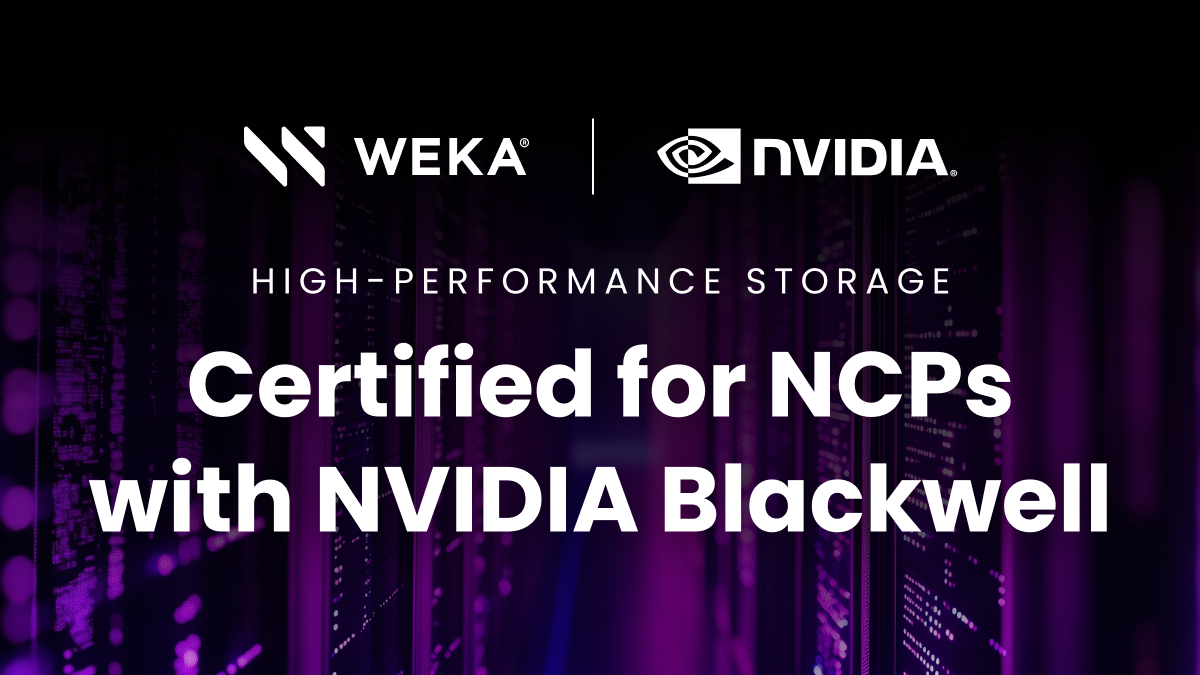Solving Latency Challenges in AI Data Centers

Latency: The Performance Killer in AI Workloads
Latency—the delay between a request and a response—is one of the biggest obstacles in AI infrastructure. As models grow larger and demand real-time access to vast datasets, storage and networking bottlenecks become significant performance constraints. If not addressed, these issues slow down inference times, reduce GPU utilization, and limit the overall efficiency of AI-driven applications.
Why Latency Matters in AI Workloads
AI workloads require high-speed data access to sustain processing power and model efficiency. Inference and training pipelines depend on tokens per second—the rate at which an AI model generates responses. Any delay in data retrieval directly affects key AI performance metrics:
- Prefill Time: The delay before token generation starts.
- Time to First Token (TTFT): The time before an AI model begins responding.
- Token Throughput: The speed at which an AI model generates responses.
If data access is slow, AI models underperform, leading to inefficient GPU utilization, increased costs, and poor end-user experiences.
The Latency Bottlenecks in Traditional Storage Architectures
Legacy storage systems introduce multiple inefficiencies that hinder AI performance:
- Metadata Bottlenecks: Centralized metadata servers create congestion and slow file access.
- Kernel Overhead: Kernel-based I/O stacks introduce context-switching delays and inefficiencies.
- Inefficient NVMe Utilization: Misaligned writes cause excessive storage overhead, reducing performance.
- Excessive East-West Traffic: Scale-out architectures generate unnecessary inter-node communication, increasing latency.
- Limited Parallelism: Traditional systems struggle to maximize high-bandwidth networking interfaces like 400GbE and InfiniBand.
These issues result in longer inference times, lower GPU efficiency, and a diminished ability to scale AI workloads effectively.
A Real-World Example: Latency in Distributed AI Training
Imagine you’re training a large-scale AI model across multiple nodes in a distributed environment. The model requires rapid access to a dataset stored in a traditional NAS or legacy storage system. Each GPU requests batches of training data, but the storage backend introduces delays due to metadata congestion and kernel-induced overhead. The GPUs remain idle, waiting for data, while inter-node communication struggles under the weight of inefficient storage operations.
The result? Slower model convergence, extended training times, and underutilized compute resources—leading to increased costs and missed deployment timelines.
This scenario illustrates the devastating impact of storage-induced latency on AI workloads, where every millisecond of delay directly translates to wasted processing power and inefficiency at scale.
Breaking Free from Legacy Network Constraints
Many traditional architectures were designed with the assumption that networks are slow, leading to excessive data replication, inefficient caching, and rigid storage hierarchies. However, today’s ultra-high-speed networks—400GbE and beyond—are faster than internal server buses, completely shifting the paradigm for data access.
Modern Networks Are Faster Than PCIe Gen 5
- A single 400Gb/s Ethernet or InfiniBand link delivers 50GB/s of bandwidth—outpacing a PCIe Gen 5 x16 slot(about 32GB/s).
- AI workloads no longer need to rely solely on local storage—data can now move across the network faster than within a server itself.
- Legacy architectures that assume slow network speeds create unnecessary bottlenecks in AI data centers.
By fully utilizing modern high-speed networking, AI infrastructure can eliminate inefficiencies and enable GPUs to access data at the speed they require, unlocking new levels of scalability and performance.
Addressing Latency in AI Infrastructure
To achieve optimal performance, AI storage solutions must eliminate inefficiencies at every level of the stack:
1. Distributed Metadata Management
Sharing metadata across multiple virtual servers prevents congestion and enables parallelized file access.
2. Kernel Bypass for Faster I/O
By leveraging DPDK and SPDK, direct-to-memory data transfer eliminates kernel-induced delays and reduces latency.
3. Optimized for NVMe with 4K Granularity
Aligning writes with NVMe’s native 4K sector size improves efficiency and minimizes unnecessary write amplification.
4. Reducing East-West Traffic
Minimizing inter-node communication ensures predictable performance at scale without added latency.
5. Fully Parallelized I/O Processing
High-bandwidth networking (200GbE, InfiniBand) ensures maximum throughput and low-latency data access.
6. Erasure Coding Instead of RAID
Replacing traditional RAID with distributed erasure coding speeds up writes while maintaining robust data protection.
7. Direct Data Access for GPUs
Ensuring GPUs receive data directly eliminates bottlenecks and maximizes utilization.
8. Linear Scalability Without Performance Loss
Maintaining consistent low-latency performance as workloads scale ensures AI efficiency.
9. High-Speed Polling Instead of Interrupt-Driven I/O
By continuously polling for I/O completions, latency is reduced, and response times improve.
10. Leveraging Modern Network Speeds
By taking full advantage of high-speed networking, AI infrastructure can remove traditional storage bottlenecks and operate with sub-millisecond latency.
Building AI Infrastructure for the Future
AI workloads are evolving, and legacy architectures no longer meet the demands of real-time data access and scalability. By eliminating storage bottlenecks, fully utilizing modern high-speed networks, and ensuring GPUs receive data with minimal latency, enterprises can build AI infrastructure that is efficient, scalable, and future-ready.
With the right approach, latency is no longer an obstacle—it becomes a solved problem, allowing AI models to run at full capacity, delivering faster results, and maximizing ROI.





